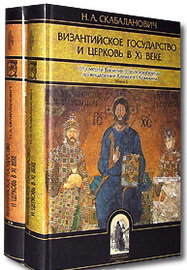
Biblical Apocrypha in South-Eastern Europe
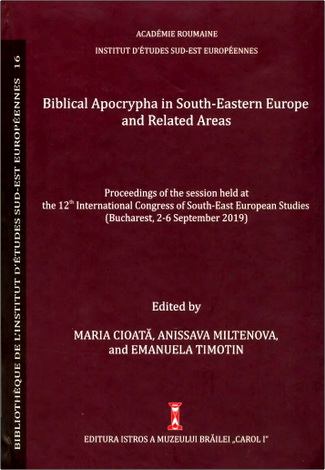
Most of the chapters in the current volume were first presented as papers at a panel entitled “Biblical Apocrypha in South-Eastern Europe. Variation and Transmission from Antiquity to Modem Times” (convenors Anissava Miltenova and Emanuela Timotin) at the 12th International Congress of South-East European Studies, which took place in Bucharest from 2 to 6 September 2019. It was the first time that a panel was dedicated to this field of study at a congress of the International Association of South-East European Studies. Apocryphal literature, transmitted in three main linguistic traditions, Greek, Slavonic, and Romanian, played an important role in the culture of South-Eastern Europe. Many apocryphal texts were translated from Greek into Slavonic and Romanian, and from Slavonic into Romanian. The Greek texts of some compositions no longer survive, which make these translations the only attestations to those works. Some apocrypha composed in this geographical space are unique compositions, preserved solely in one tradition. This literature was transmitted in manuscripts over the course of many centuries and contributed to the cohesion of the literary heritage of Europe. It was known not only in the Orthodox milieu but also in communities including other confessions (Armenians, Catholics, etc.) or in multi-lingual and multi-religious environments.
Discussions during the sessions and informally throughout the congress drew attention to many common themes and motifs which united the different papers. In preparing this publication our intention has been to create a coherent book capable of making a contribution to recent scholarly debates within the multi-facetted and interdisciplinary study of “apocrypha,” broadly understood. In their current forms, the papers transformed into chapters in this book open up a world of living traditions, attesting to the continuing usage of ancient (and medieval) compositions. The term “apocrypha” is used here in a much wider sense than common for example in (Western) biblical studies (traditionally informed by protestant attitudes to “the Bible”). Sometimes referred to as “para-biblical literature” (or “para-textual literature”), it includes the categories often referred to as “NT Apocrypha,” “OT Apocrypha,” “OT Pseudepigrapha,” partially overlapping with “Jewish literature of Greco-Roman times,” but is broader. It can also include works belonging to categories such as hagiography, liturgical and patristic literature, and folklore. It is not necessarily defined primarily in contrast with “canonical,” as these boundaries are not very rigid in the Eastern Orthodox contexts of most of the manuscripts studied here. If one studies “apocrypha” as ancient texts, as literature in “dead languages,” which one leams specially for the study of these compositions, in some cases thought to have been “lost” and relatively recent “discovered,” one easily forgets that they continued to be transmitted and formed living traditions. Throughout South-East Europe and beyond, mostly in the Eastern Orthodox world, motifs from Bible and apocrypha continued to be used, transformed in various ways, in forms used both in “folk religion” and customs, and officially in the church. Protective capacities were attributed to some apocrypha (or motifs thereof) and they were used as amulets or in charms. Other apocrypha were sung at funerals, or influenced funeral customs, again others came to be perceived as akin to hagiographical literature or were used in homilies or other aspects of the liturgy and church services. Several of these forms feature in the chapters in this book.
Biblical Apocrypha in South-Eastern Europe and Related Areas : proceedings of the session held at the 12th International Congress of South-East European Studies : (Bucharest, 2-6 September 2019)
Edited by Maria Cioată, Anissava Miltenova, and Emanuela Timotin
Brăila: Editura Istros a Muzeului Brăilei "Carol I", 2021. - 384 pp.
ISBN 978-606-654-435-1
Biblical Apocrypha in South-Eastern Europe and Related Areas : proceedings of the session held at the 12th International Congress of South-East European Studies : (Bucharest, 2-6 September 2019) - Contents
- Introduction
- Michael E. Stone - More about Jewish Apocalyptic in the Armenian Tradition
- Anissava Miltenova - Type-Scenes, Type-Structures and/or Universal Complexes Operating in Slavic Medieval Miscellanies (On the Exploitation of the Motif about the Holy Tree)
- Emanuela Timotin -The Plaint of Eve, When She Was Going out Through the Gates of Paradise: A Late Romanian Development of the Life of Adam and Eve
- Ljubica Jovanovic - The Figure of Joseph in the South Slavonic Homily about Fasting, and Joseph, and the Priest, and the Prophet David
- Keiko Mitani - Linguistic Analysis of the Slavonic Translation of the Testament of Job
- Ivan I. Iliev - How Many Translations Are There of the Book of Daniel in Old Church Slavonic?
- Basil Lourie - A Monothelete Syriac Compilation of Pseudo-Apostolic Acts Preserved only in Slavonic and the Entrance of Constans II into Rome in 663
- Cristina-Ioana Dima - L’Apocalypse de la Vierge Marie. Versions roumaines du XVIe au XIXe siecle
- Maria Stanciu Istrate - The Road to the Afterlife in a Romanian Manuscript from the First Half of the 17th Century
- Matija Ogrin - Slovenian Manuscripts on the Antichrist and the Modes of the Manuscript Tradition
- Maria Cioată - The Collection of Dr. Gaster at the Library of the Romanian Academy in Bucharest
Abbreviations
Bibliography
The Contributors
Index of Biblical Sources
Thematic Index
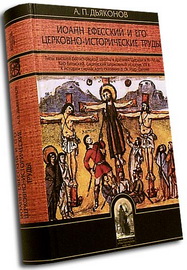
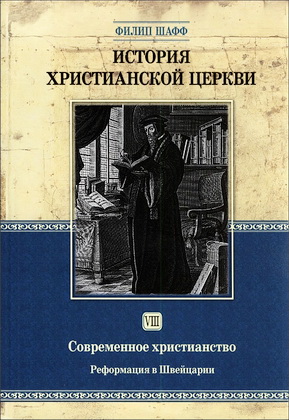
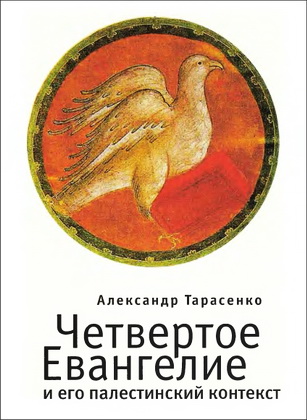
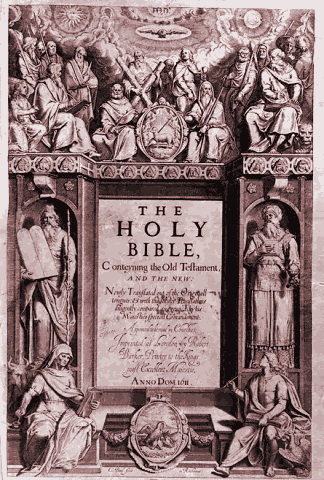
Комментарии (1 комментарий)
спасибо